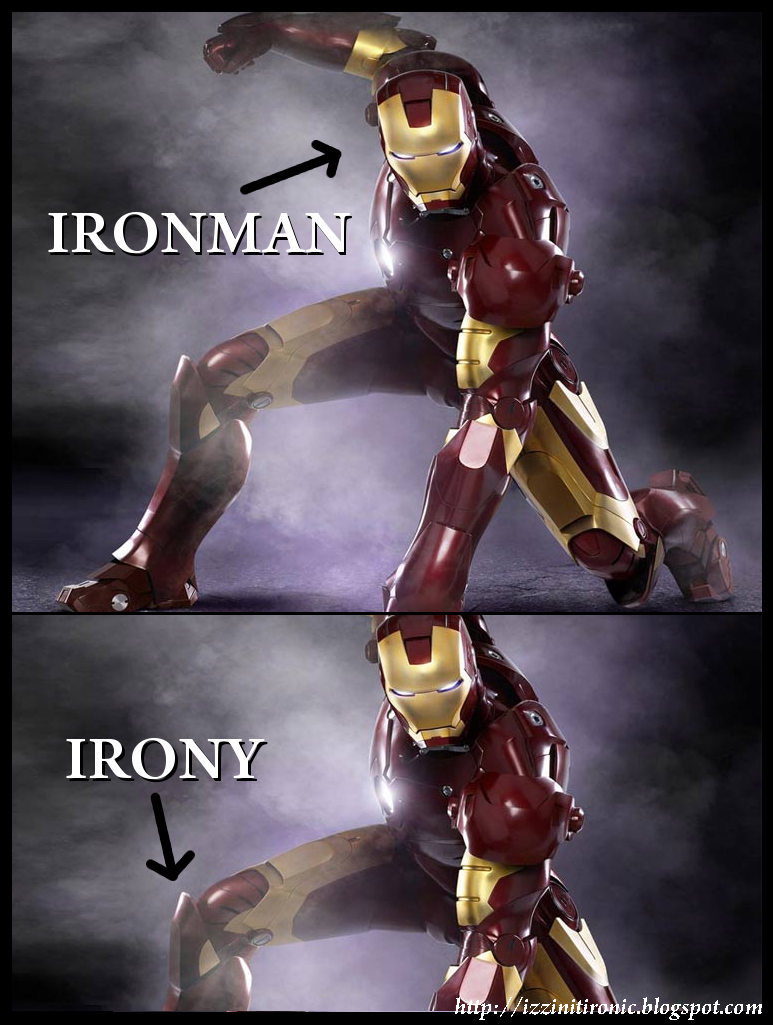jlf1961
Posts: 14840
Joined: 6/10/2008
From: Somewhere Texas
Status: offline

|
quote:
ORIGINAL: WhoreMods
quote:
ORIGINAL: jlf1961
I have it on good authority that the reason the US is getting nailed by so many hurricanes is due to Brit experiments in weather control!
Don't talk such rot, Jeff: have you never seen the weather in Britain? You'd be getting rain rather than storms if we had anything to do with it.
Except that you brits are still a bit miffed at getting beat in 1776 AND 1812.
and heavy rains are a major part of a hurricane.
As for National Weather Service weather record keeping,
quote:
History of the National Weather Service
The National Weather Service has its beginnings in the early history of the United States. Weather has always been important to the citizenry of this country, and this was especially true during the 17th and 18th centuries.
The beginning of the National Weather Service we know today started on February 9th, 1870, when President Ulysses S. Grant signed a joint resolution of Congress authorizing the Secretary of War to establish a national weather service. This resolution required the Secretary of War
"to provide for taking meteorological observations at the military stations in the interior of the continent and at other points in the States and Territories...and for giving notice on the northern (Great) Lakes and on the seacoast by magnetic telegraph and marine signals, of the approach and force of storms"
After much thought and consideration, it was decided that this agency would be placed under the Secretary of War because military discipline would probably secure the greatest promptness, regularity, and accuracy in the required observations. Within the Department of War, it was assigned to the Signal Service Corps under Brigadier General Albert J. Myer. General Meyer gave the National Weather Service its first name: The Division of Telegrams and Reports for the Benefit of Commerce.
Later that year, the first systematized, synchronous weather observations ever taken in the U.S. were made by "observing-sergeants" of the Army Signal Service at 22 stations and telegraphed to Washington. An agency was born which would affect the daily lives of most of the citizens of the United States through its forecasts and warnings.
Source
As for records of hurricanes and tropical storms.
Prior to the invention of radio, storm data was dependent on telegraphed messages sent from the various islands to other countries, which considering the fact that there were not that many trans ocean telegraph cables, this was unreliable at best.
Otherwise, the only way to know of an approaching tropical storm was by direct observation of weather instruments at the various weather stations around the country.
After ships began to be equipped with radio transmitters and receivers, storm reports were sent from ship to shore after the ship was caught in the storm, these reports included pertinent weather data.
The first USAAC flight into a hurricane was in 1943 and it was not officially sanctioned but was done on a bet with an aT6 Texan, flown by Colonel Joe Duckworth.
Since 43, the following aircraft have been used:
A-20 Havoc, 1944; B-24, 1944–1945; B-17, 1945–1947; B-25, 1946–1947; B-29, 1946–1947. WB-29, 1951–1956; WB-50, 1956–1963; WB-47, 1963–1969; WC-121N 1954–1973; WC-130A,B,E,H, 1965–2012.
It was these crews who gathered the data on the storms.
Additionally, NOAA has two WP-3d Orions they use as well as a high flying Gulfstream.
As for satellites, the first weather satellites, used a very rudimentary television transmission and these were transmitted as the satellite passed over a given receiving station every orbit.
< Message edited by jlf1961 -- 9/9/2017 1:01:30 PM >
_____________________________
Boy, it sure would be nice if we had some grenades, don't you think?
You cannot control who comes into your life, but you can control which airlock you throw them out of.
Paranoid Paramilitary Gun Loving Conspiracy Theorist AND EQUAL OPPORTUNI
|

 Profile
Profile



 New Messages
New Messages No New Messages
No New Messages Hot Topic w/ New Messages
Hot Topic w/ New Messages Hot Topic w/o New Messages
Hot Topic w/o New Messages Locked w/ New Messages
Locked w/ New Messages Locked w/o New Messages
Locked w/o New Messages Post New Thread
Post New Thread